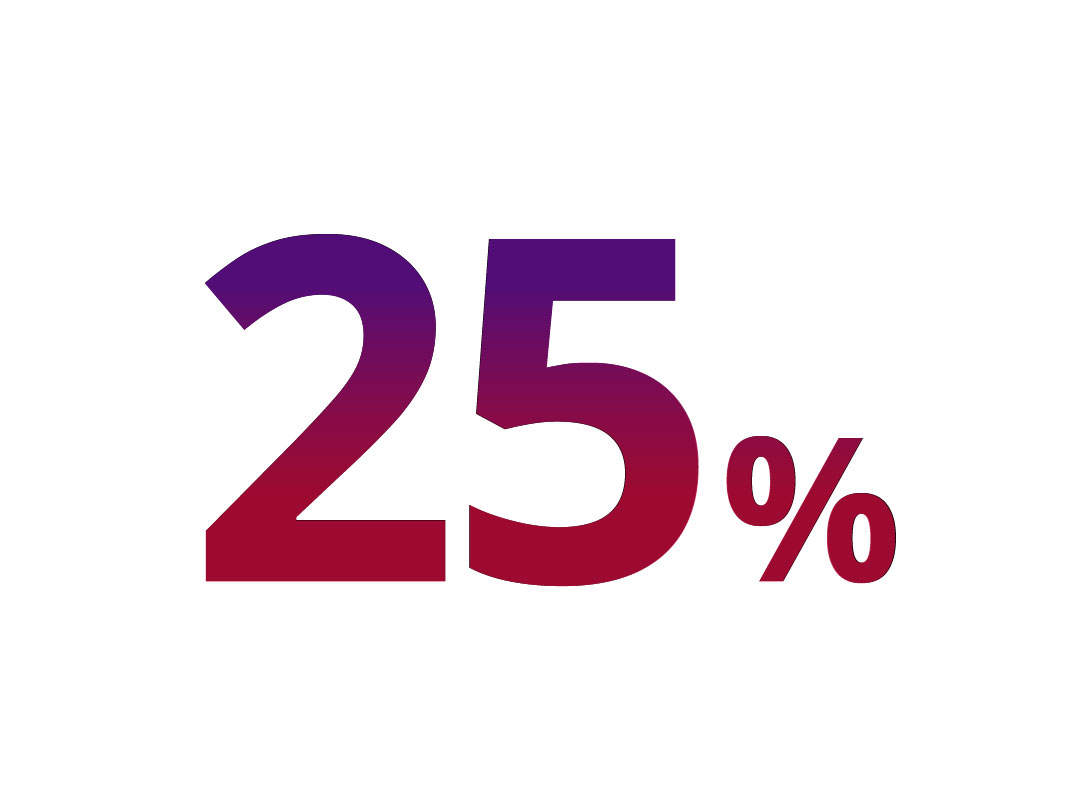

How to spot the signs of workforce burnout
69% of corporate employees surveyed reported that their lives are stressful. 51% told us that they are dissatisfied with their working life. 10% revealed that they have missed work due to stress, anxiety and depression. And, 44% of corporate employees believe that these issues are on the rise in their workplace suggesting a real risk of burnout becoming increasingly prevalent.
But, what are the signs that your company can look out for to identify employee burnout? Keep reading to find out.
Want to find out exactly what burnout is? Check out our Vhi Verified article Close to burning out? How to spot the signs and take back control at work.
4 main indicators of workforce burnout
- Internal passive. This is the most common form but the hardest to see, which is why companies often use surveys to detect it. Its early warning signs include weariness, feelings of anxiety, inadequacy and sadness. You can identify this in your employees if you notice their disengagement or detachment from conversations or projects or avoiding team events, meetings, or even social interactions with work colleagues.
- External passive. Easier to spot, examples include dips in usual performance standards, cutting corners and relaxing rules, missing deadlines and displaying increased cynicism. This can be particularly detrimental to your company, as burnt-out employees become too dismissive to fix work-related problems or suggest alternative solutions. You can identify external passive indicators in the forms of decreased productivity or notably reduced standards of performance or increased errors.
- Internal active. This takes the form of erosive behaviours such as negative coping tactics like unhealthy eating or drinking habits or neglecting things like exercise and hobbies for example. It can be tricky to spot, as most of these behaviours happen outside of work. However, increased absence from work may, in itself, be a burnout indicator, as can certain easy-to-identify mental and physical impairments such as fatigue, heart palpitations and shortness of breath (while bearing in mind that these conditions can, of course, be linked to other health issues).
- External active. These are perhaps the most visible ones in work, as they include uncharacteristic shifts in outlook towards being easily annoyed, or expressing impatience and discontent. Watch out for any visible signs of emotional exhaustion or change among your workforce to help identify potential burnout.

How you can support your workforce
While burnout may seem like a tough condition for your employees to overcome, our expertly-crafted strategies and practical measures are here to help you help your workforce.
Find out what our experts recommend and how Vhi can support you on our main Burnout page.




